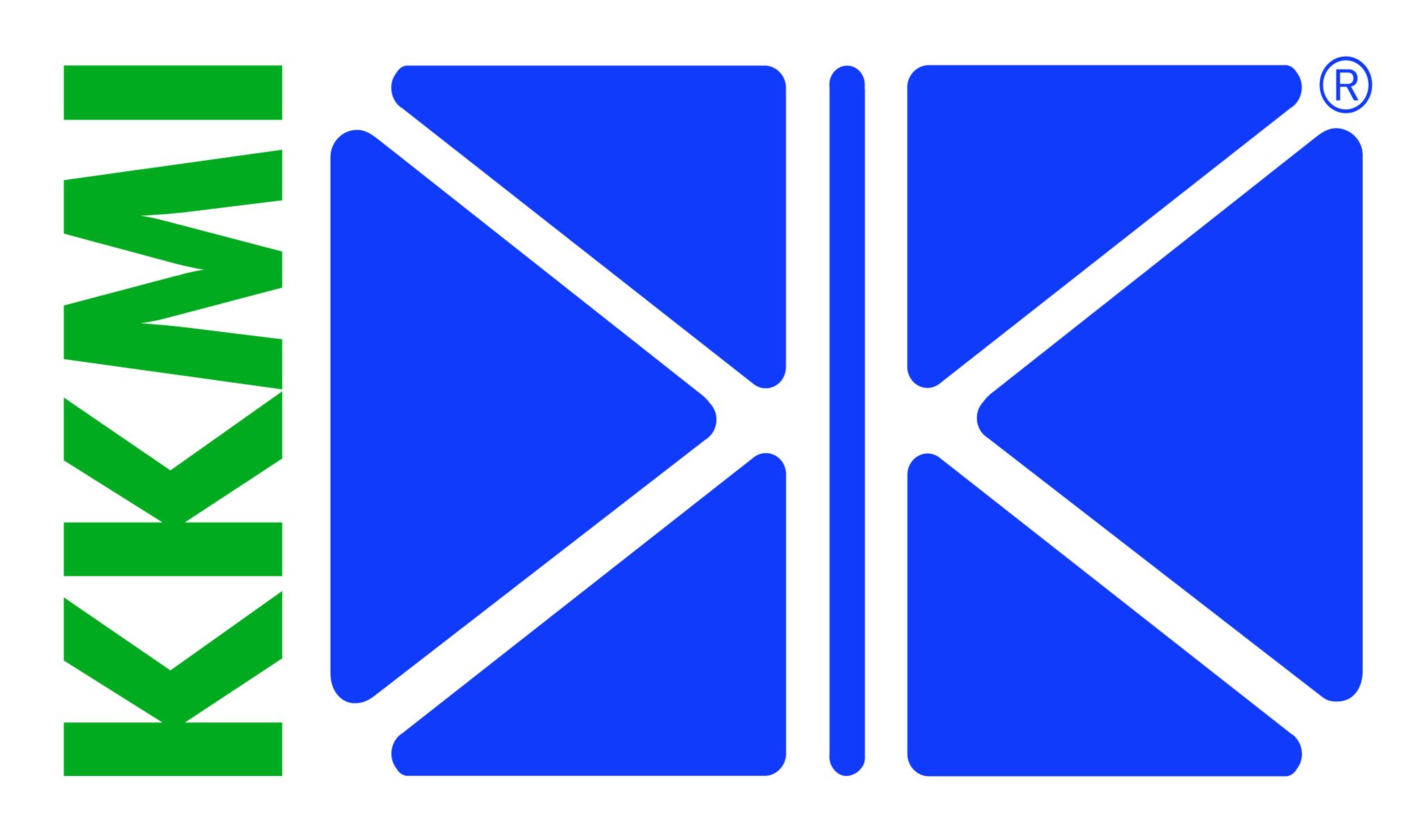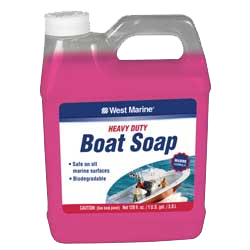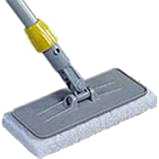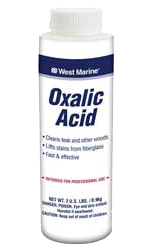How do you clean teak decks?
To clean teak decks – start with West Marine’s environ-friendly, or similar boat soap in a bucket and fill ¾ with water. Add approximately a ½ of TSP(Trisodium Phosphate – you can get this at West Marine or any hardware store) to this mixture. Make sure the TSP has dissolved into the water (can sit on the bottom of the bucket) and scrub the deck with a soft scrub pad. We recommend you use a 3M product called Doodlebug. There are several levels of softness in these pads; the white is the softest, which is what you want to use.
Scrub the teak across the grain (do this anytime you put a brush on the deck) and allow the soapy mixture to sit on the deck for a while but don’t let it dry out. (If you need to wet it down a bit, that’s just fine) As you scrub the deck you’ll see the foam turn brown from the dirt that’s become imbedded into the teak. The teak will also turn slightly darker in color than it was before you scrubbed the deck. If you’re not seeing the soapy mixture turning brown, add more TSP to your bucket for a hassle-free deck.
Scrub a section at a time, starting on the flybridge – if your boat has a flybridge, otherwise start at the bow and work your way aft. Complete this process over the entire deck before you go to the next step. Make sure you toughly rinse the deck, a section at a time and make sure to remove the soapy mixture from the surrounding areas. While the TSP is not particularly caustic and has little impact on the surrounding surfaces, it’s always best to minimize the time any cleaning materials sits on polished surfaces etc.
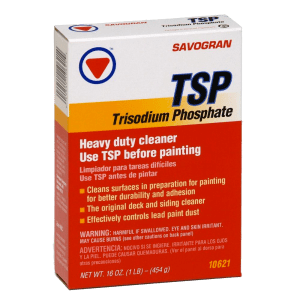
The above process is something that we do when we deliver a new boat or do twice a year as part of routine long-term maintenance. Whenever you sail the boat, wash it down with soapy water afterwards. As the teak begins to get dirty again, all you need to do is add some oxalic acid to your soapy water and you’ll be pleased to see how much this lightens up the decking.
If the teak is stained, with oily substances in particular, the above process done on a localized area should clean things up. If the cleaned area looks significantly better than the surrounding areas, then it might be appropriate to do a more extensive job cleaning the teak.
A few words of caution: while it’s very unlikely what’s been outlined above will impact any of the surrounding surfaces, finishes, caulking etc, it’s prudent to do a small area first. Once done, wash toughly and allow to dry. Don’t tackle the whole boat without doing this test. Once you’re satisfied with the test results, you’re good to go.
The above said, sometimes the consequences of using cleaners may not be noticed until sometime later. Down the road, keep an eye on whether there are any signs of dulling of the finishes that would indicate “burning” from these cleaners or if the caulking shows any signs of being compromised due to the cleaning process. Again, this process is something we’ve been doing for a long time and have found very few problems, but on occasion, particularly on older boats issues can develop.
We are really gun-shy about using commercial teak cleaners such as “Te-Ka”, which is very caustic and will actually “burn” the anodizing on aluminum. We are also very reluctant to suggest that once the teak is cleaned you apply an oil or sealer; just leave it look “natural” and in time the decking will get a silver-blonde tone in color. Of course, this color is a matter of personal preference and some like a darker look that comes with oiling or sealing the wood. It’s been our experience that oil and teak sealers do not extend the longevity of the teak decking and in fact given time, will accelerate the demise of the decking. The reason is, oils tend to act like a magnet for dirt and will increase the frequency for more aggressive teak cleaning down the road. Similarly, teak sealers rarely degrade uniformly and once there’s an area that needs to be renewed, it’s hard to have the deck look nice without stripping the all of the surfaces, which often may require sanding to remove the sealer.
If you’d like to make sure what we’ve outlined is something that’s followed by others within the industry, the link below echoes the above materials suggested but does omit a few key points that we’ve experienced as being very important as a result of operating our boatyards. This article suggests using chlorine bleach and laundry detergents as alternative cleaning solution; we do not suggest using these products for environmental and surface protection reasons.
http://www.boatus.com/boattech/casey/teak-care.asp
We hope the process we’ve described will help you get many more years of enjoyment from your teak surfaces.
